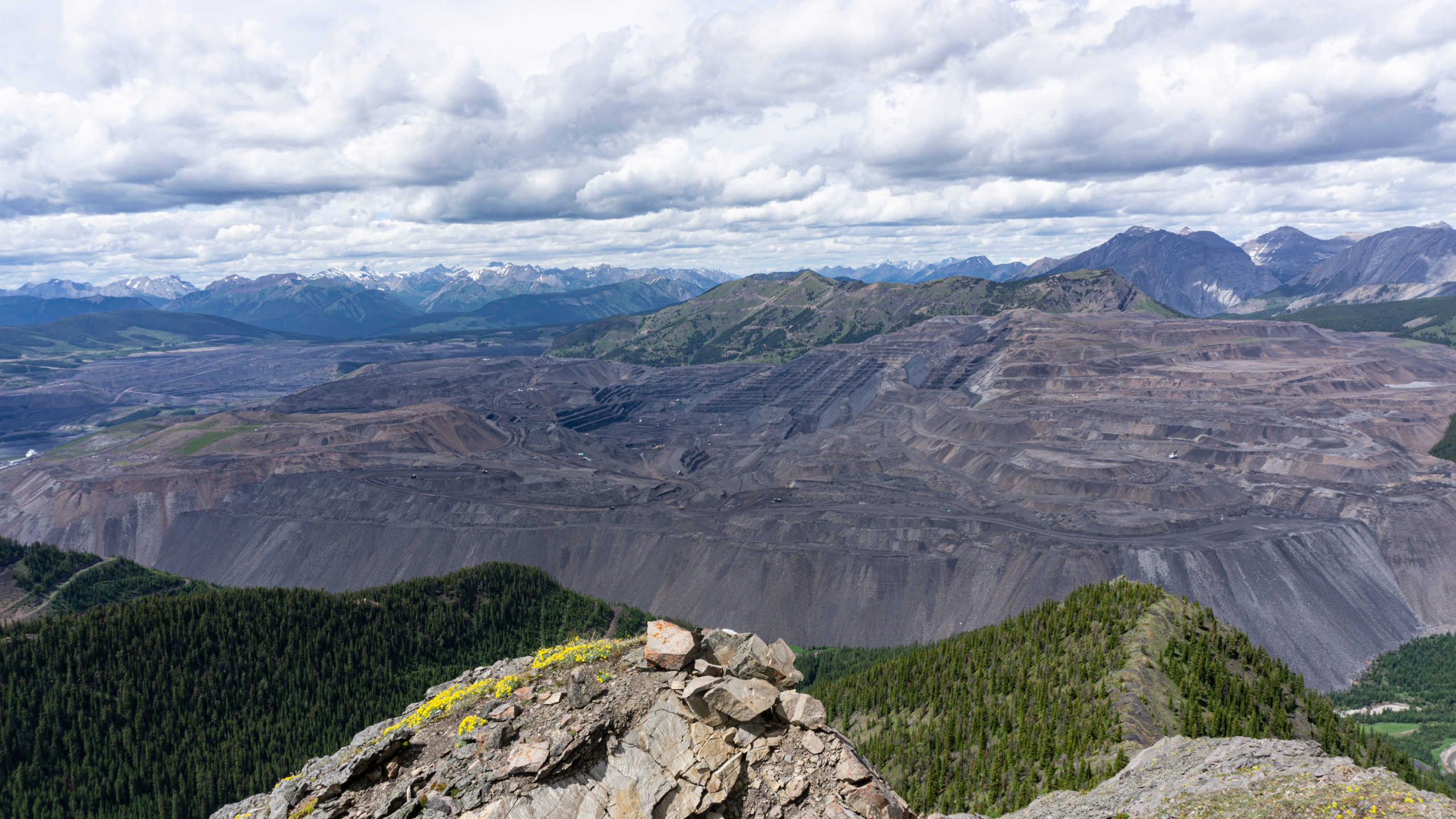A study from the Alberta government has found that mountaintop removal mining in the Elk Valley has been impacting ecosystems downwind.
According to the study, researchers found an approximate 30-fold increase in polycyclic aromatic compounds (PAC) in a sediment sample from Window Mountain Lake.
PACs are particulate environmental contaminants that can be made of one or a number of different substances, such as smoke, heavy metals, or coal dust.
According to the Centre for Disease Control (CDC), these contaminants can work their way into an ecosystem and be consumed by plants and animals, including humans.
CDC officials add that PACs do not break down quickly once they enter the environment.
The lake, located just over the mountains from coal mines in the Elk Valley, is not connected to mining operations, nor does it have any coal deposits.
The study said the coal dust is carried over the mountains by the wind and deposited in Window Mountain Lake.
“The source of these contaminants is fugitive coal dust, emitted during mining and carried atmospherically from Pacific to Atlantic drainage basins,” said the study.
It also notes that selenium concentrations have increased, in parallel with the rise seen in the Elk River.
The study warns that pollutant levels will rise if nothing changes.
“Atmospheric PAC emissions will increase as mines expand unless mitigation measures are implemented, and our results likely apply at similar large-scale mountaintop removal coal mining operations around the world,” said the study.
Alberta Environment and Protected Areas plans to look further into these findings.
“As a follow-up to the lake sediment core study conducted at Window Mountain Lake, Alberta Environment and Protected Areas plans to initiate additional monitoring and research to better characterize the scope and magnitude of the fugitive dust deposition along Alberta’s southeastern slopes,” said communications advisor Jason Penner.
Penner added that researchers will also look into sites near current and former mountaintop removal coal mines in Alberta, such as mines in the McLeod River watershed.




